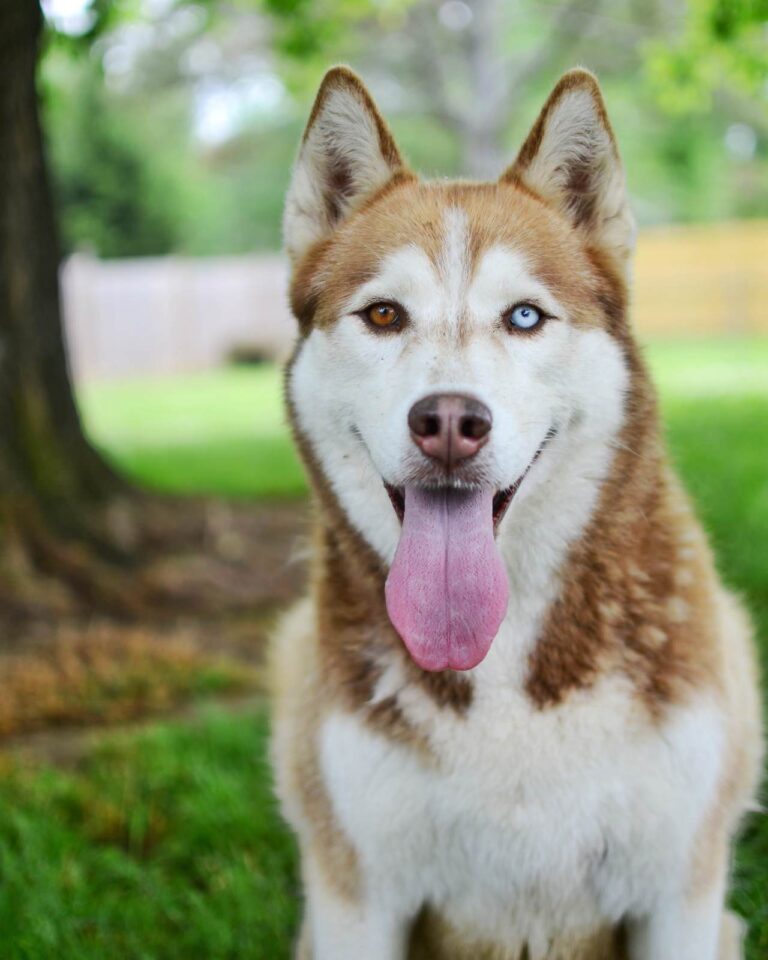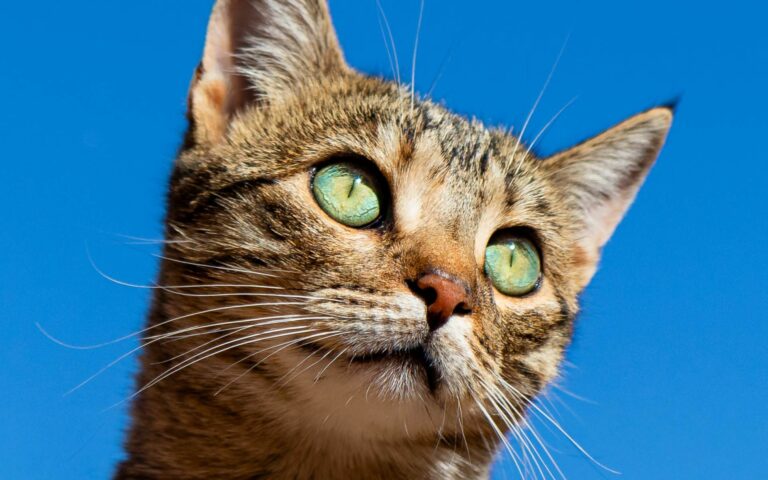Anesthesia-Free Dentistry
Why is anesthesia required for dental care in animals?
Diagnosis in human dentistry usually starts with what hurts. The dentist sprays cold water on a sensitive tooth and you say “Ouch!” A patient’s symptoms are critical to the diagnostic process. But because animals cannot tell us how they feel, veterinarians must look for other diagnostic clues. Most dogs and cats display no symptoms of oral pain, even when they have significant oral disease. It is not in their nature to act painful, stop eating, or cry. Therefore, veterinarians must rely on oral examinations and dental X-rays to find and treat disease in the mouth.
Due to concerns about anesthesia, some pet parents have turned to anesthesia-free dental procedures for dental care. This practice can harm your dog or cat and is not recommended by the American Veterinary Dental College. While risks are associated with anesthesia, the use of modern techniques, medications, and monitoring equipment minimizes dangers. Fear of anesthesia should not tempt us to ignore the need for proper dental cleaning and examination. Additionally, trying to scale and work on the teeth of an awake and stressed dog or cat can cause serious emotional and physical harm.
Step 1 — Oral Examination
Dental disease is not caused by plaque or calculus on the crowns (visible portions) of teeth, but rather by build-up in pockets under the gums, causing inflammation and loss of support tissue. Detection of these pockets of disease requires the use of a periodontal probe on all sides of a tooth. Such probing, especially in the back of the mouth and on the inside of the teeth, would not be tolerated by an animal that is awake. This is one reason why anesthesia-free cleaning will affect only the crowns of the teeth. It is purely cosmetic, and does little to address the potential of true disease. It is like doing laundry while holding your clothes halfway out of the washing machine!
Another aspect of a complete oral examination is exploration of teeth for lesions (areas of disease) such as caries (cavities), tooth resorption (painful areas of tooth substance loss commonly found in cat teeth), and oral ulcerations and masses. This inspection uses a periodontal explorer, a sharp instrument that can cause pain or discomfort, especially in areas of disease.
Step 2 — The Cleaning (Scaling)
Hard and soft deposits built up on human teeth, called calculus and plaque respectively, also occur in dogs, cats, and other animals. Dental calculus becomes firmly adhered to teeth and is difficult to remove without use of sharp instruments called scalers. “Scaling” is a term for cleaning teeth, something that both human dentists and veterinarians recommend for patients on a regular basis. Scaling serves many purposes, the most important of which is to remove built-up material that tends to cause damage to teeth and gums. It is a first line of defense against dental problems leading to undetected pain and systemic disease.
Following dental scaling, all surfaces of the teeth are polished. This important part of dental cleaning smooths enamel surfaces. Both scaling and polishing require the use of instruments, some very sharp, in an animal’s mouth. With all this information in mind, it is obvious that anesthesia is necessary to clean an animal’s teeth thoroughly.
Step 3 — Dental X-rays
Because most dental disease is located under the gum line, dental X-rays are part of a complete oral examination. They allow a veterinarian to examine the roots of teeth and the bone around those roots. However, in animals, dental X-rays cannot be taken without heavy sedation or anesthesia. Humans can have X-rays taken fully awake without discomfort, but a dog or cat will not understand directives to hold their head at a particular angle, allow the film to be placed uncomfortably far back in the mouth, or remain motionless and not chew or bite down.
Conclusion
Besides the value of thorough cleaning for preventing future health problems, the discovery of caries, fractured teeth, resorption, or gum (periodontal) disease through an oral examination can lead to proper and effective treatment to help your pet feel better and enjoy life! Consider how much better a person feels once a toothache is gone. You may be surprised at how your cat’s or dog’s behavior changes for the better after professional dental care.







